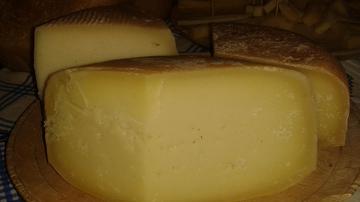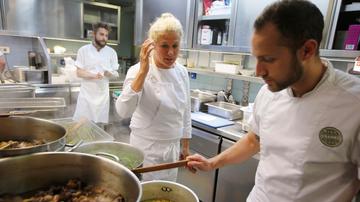
One of Slovenia’s newly protected dishes – prleska tünka – is now considered a great delicacy, but it emerged in response to an everyday problem: the lack of refrigeration in the era before electricity.
Slovenia’s Prlekija region is famous for its vineyards and racehorses, but it has long also been a pig-breeding center. The approach of winter signified the beginning of the pig-slaughter season, a festive event during which entire villages came together. In order to preserve the pork without the need for cooling, bacon was cooked, ground, and season to create a type of pork fat known as “zaseka.” Choice cuts of pork were then dipped into “zaseka” and the mixture was stored in large wooden vats - a process similar to French confit. After at least 30 days in the vats, the “tünka” was ready to eat. (The word “tünka” comes from the verb “tünkati” – to dip.)
At first, the method was rare among the peasantry, primarily because pork itself wasn’t readily available to the lower orders. According to old records, however, “tünka” was enjoyed by the local nobility as early as in the 16th century. With improved living conditions in the centuries that followed, the practice spread to the peasants who could now also store meat for weeks without fearing that it would spoil. They method also made the pork tender and flavorful.
The unique taste of “tünka” assured its survival even after wide-scale refrigeration arrived in Slovenia. In 2010, the dish received official protection from the European Union, joining such well-known Slovenian foods as “gibanica,” olive oil, and Teran wine. The protection requires that all “tünka” is produced using the traditional method and must originate from the Prlekija region. Local producers hope that the recognition will make it easier for them to promote this age-old Slovenian delicacy among gourmets across Europe.


































































